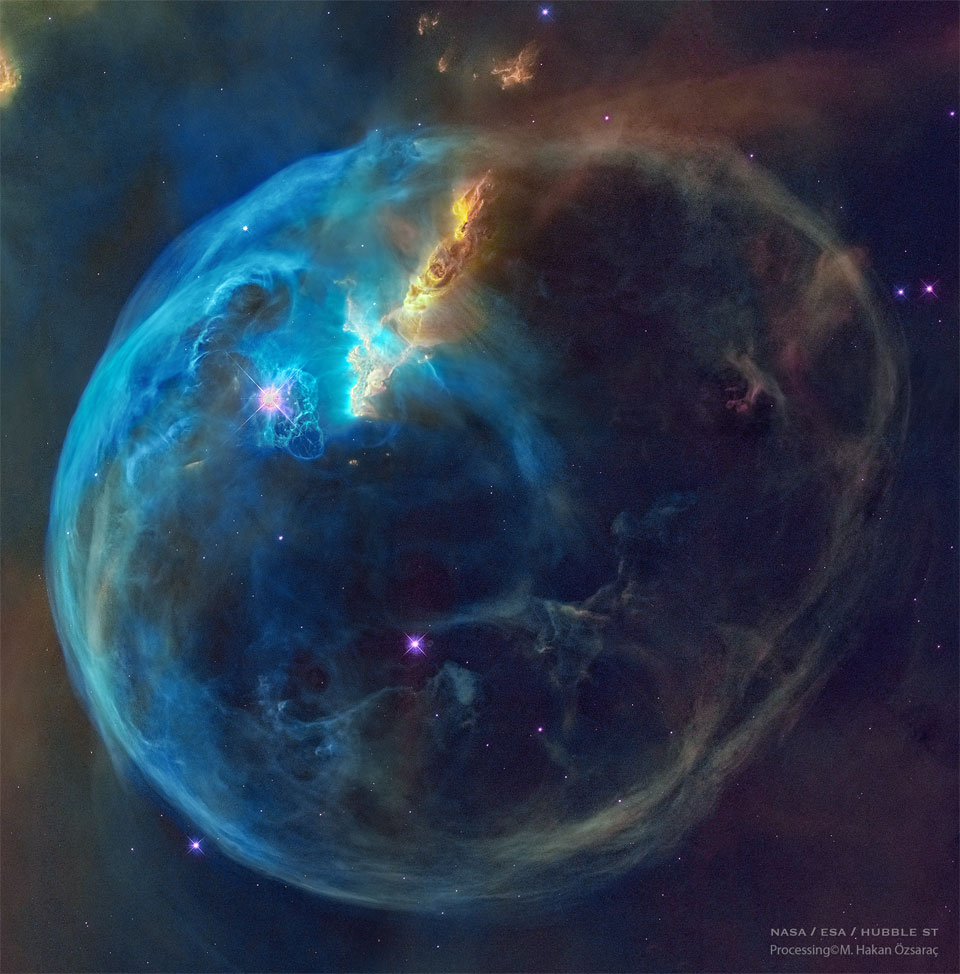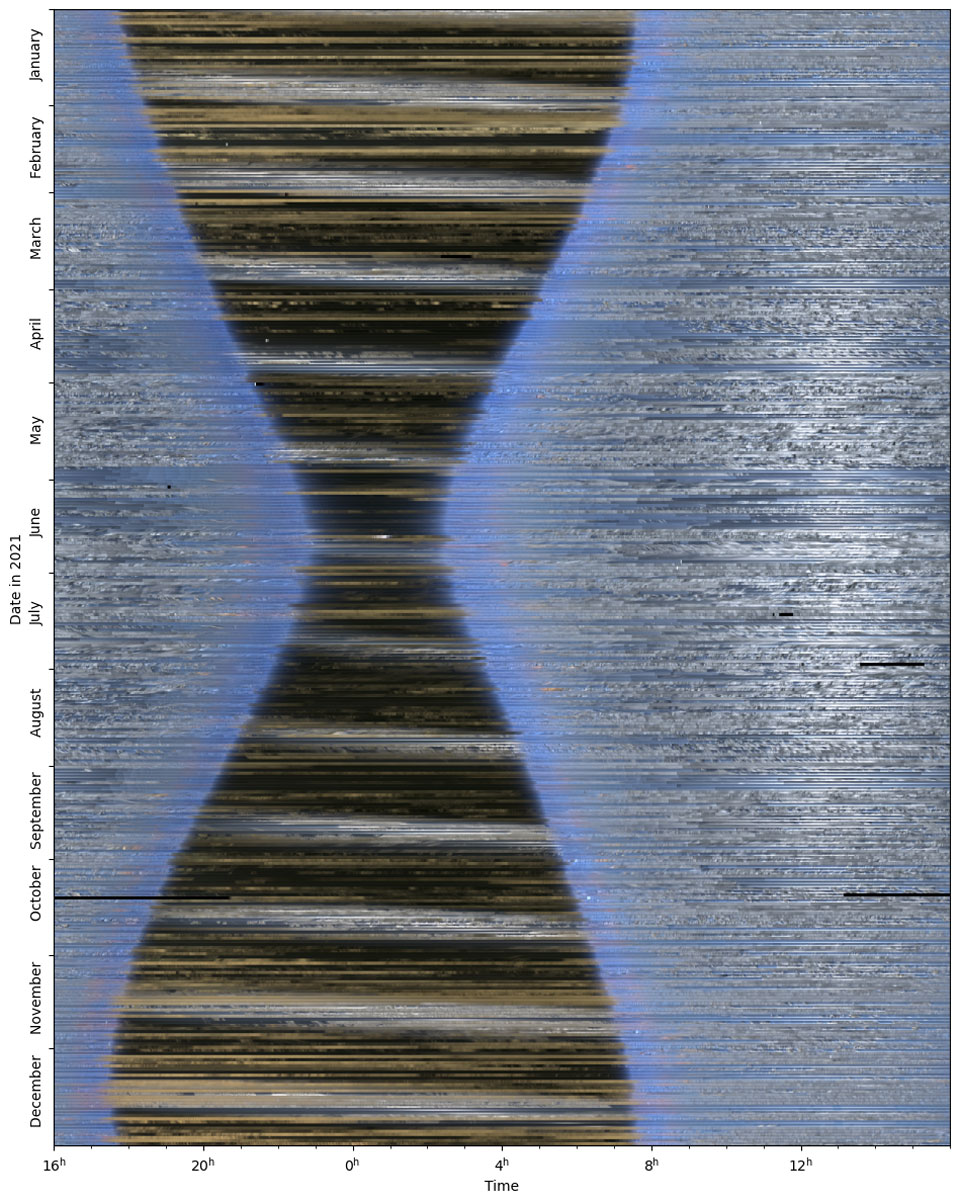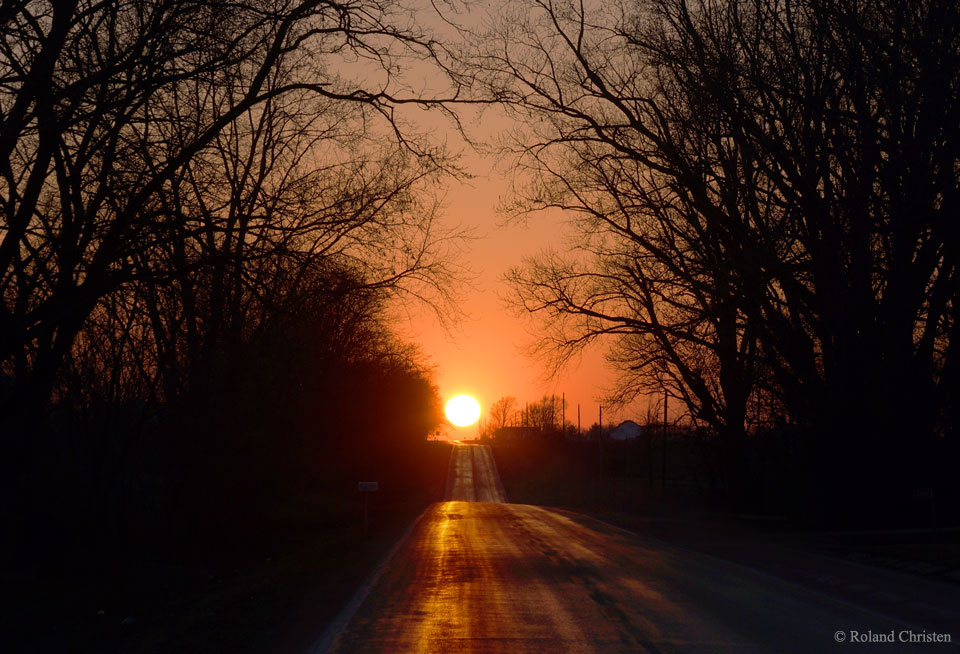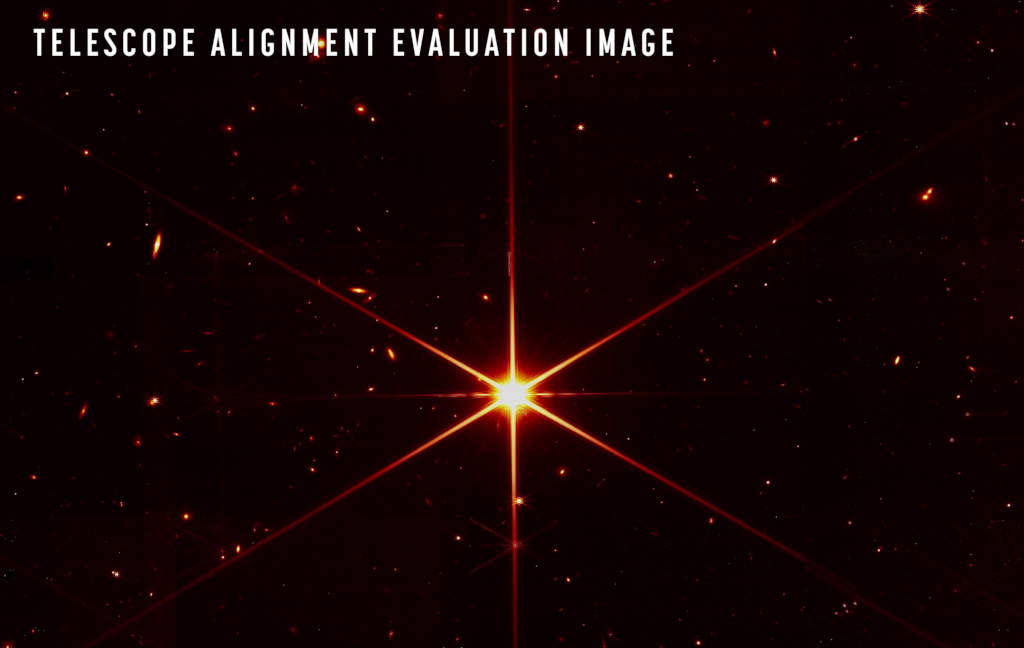
Astronaut John Young, the pilot of the Gemini III mission, inspects his helmet in the ready room in preparation for the launch. via NASA https://ift.tt/EsYkWJT


NASA has awarded a follow-on contract to Northrop Grumman Systems Corporation of Greenbelt, Maryland, for support of the agency’s Columbia Scientific Balloon Facility, located in Palestine, Texas.
from NASA https://ift.tt/mfsbrIB
via IFTTT
NASA will host a media teleconference at 3:30 p.m. EDT Wednesday, March 23, to provide an update on the agency’s goals to transport astronauts from lunar orbit to the surface of the Moon under Artemis.
from NASA https://ift.tt/IKwDAQr
via IFTTT





